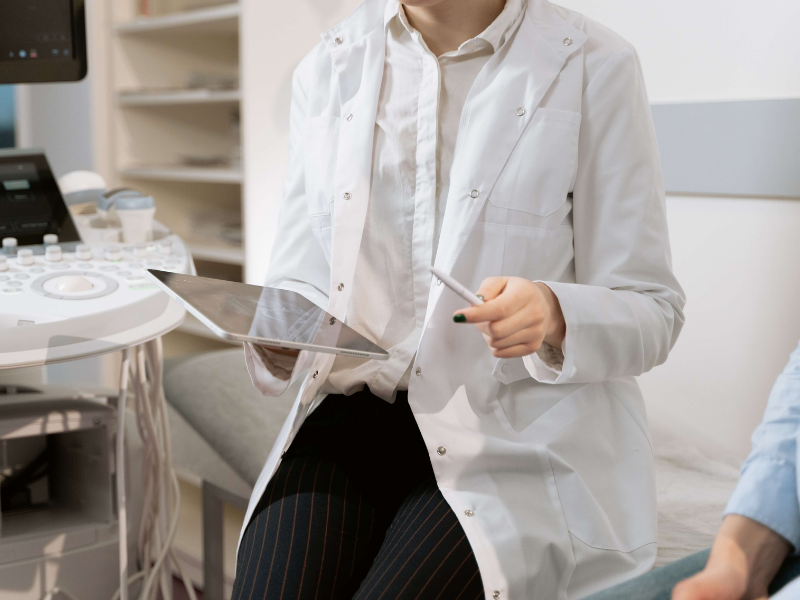It’s totally understandable if you hear the word ‘fibroid’ and silently freak out a little bit. Growths certainly sound scary, especially when they are on your reproductive organs. Thankfully, fibroids are usually benign – but that doesn’t mean they can’t cause problems, or that you shouldn’t want to treat them.
Here’s what you need to know about uterine fibroids.
What Are Fibroids?
Fibroids are a fairly common, non-cancerous* tumor that can grow anywhere on the uterus, but typically on the uterine wall. They affect between 20-40% of women of childbearing age. 1,2
We’re not entirely sure what causes fibroids, but getting your period early,3 having no history of pregnancy,4, 5 and consuming large amounts of caffeine or alcohol are all risk factors.6,7
*Note that while fibroids are almost always non-cancerous, 1% can become cancerous.
What Are The Symptoms of Uterine Fibroids?
Many fibroids are asymptomatic or have minimal symptoms, so they go unnoticed.
If you do notice fibroids, it is often for two reasons.
First, fibroids can cause prolonged or heavy bleeding during or in between menstrual cycles. They can also cause painful periods. Of course, painful periods can have many other causes – learn more about painful periods here.
Fibroids can also be a cause of postmenopausal bleeding.
Second, fibroids can lead to abdominal pain or pelvic cramping, as well as to low back pain and pain or pressure during sexual intercourse. Remember, pelvic pain isn’t ‘all in your head,’ and you should take it seriously. Find some tips to relieve pelvic pain here.
Finally, it’s important to note that fibroids and polyps (which we’ll cover below) can lead to miscarriage or infertility.
What About Polyps?
Fibroids are often confused with polyps, which are another growth on your reproductive organs. Specifically, polyps are overgrowths from endometrial glands that range in size and stick out into the uterine cavity.8
Polyps and fibroids share many overlapping symptoms, with the main symptom of polyps being heavy bleeding during mensuration.
Learn more about fibroids and polyps here.
Treating Fibroids
To determine if you have fibroids (or polyps), your doctor may suggest an ultrasound, MRI or other diagnostic technique.
Treatment for fibroids will depend on the nature and severity of your symptoms, along with the location and size of the fibroid. Your age and personal preferences will also play a role in treatment.
Sometimes, you doctor may decide to simply monitor the growth or to intervene with medication. Hormone treatment can also help with fertility issues. 9, 10
Fibroids can also be treated with a minimally invasive procedure known as uterine artery embolization (UAE) or with a technique called hysteroscopy.
Minimally Invasive Gynecologic Surgery, or MIGS, is a type of pelvic floor specialty can be used to treat fibroids, as well as other conditions such as endometriosis, ovarian cysts, and abnormal bleeding.
It’s always important that women not suffer from pelvic floor dysfunction in silence. If you think you may have fibroids or polyps, please speak to your doctor or use our Physician Finder to find a specialist in your area.




















